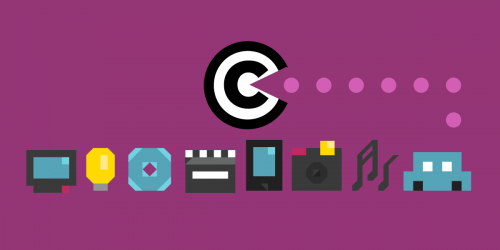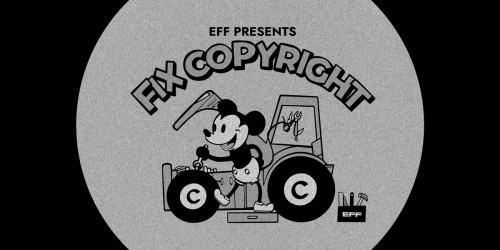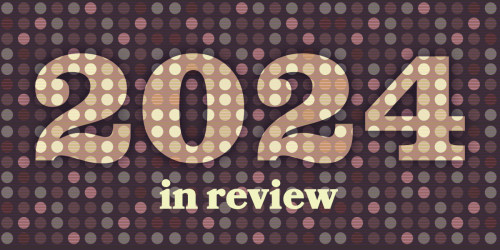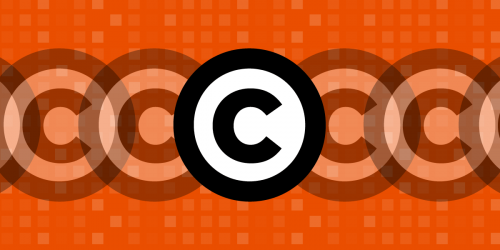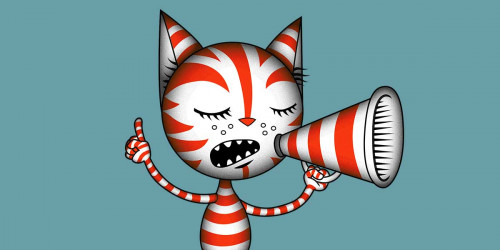Last week, the group behind the copyright monitoring and enforcement system commonly known as "Six Strikes" released some data about its operations for the first time. The Center for Copyright Information (CCI), a group created and funded by major movie studios, music labels, and Internet service providers revealed that their Copyright Alert System (CAS) sent more than 1.3 million accusations of copyright infringement to about 722,000 Internet subscribers. The report also said that over 60,000 of those subscribers received some kind of penalty from their ISP.
Major media companies and their friends in Congress and the executive branch have been touting CAS as the exemplar of "voluntary" agreements among the Internet's corporate gatekeepers to reduce infringement. They are encouraging other gatekeepers like advertising networks and payment processors to follow the lead of CAS. And the people behind CAS claim to be educating the public about copyright. So public understanding of what CAS is actually doing and what messages it's sending are vitally important. That's why releasing some data about the system is a positive development.
Some key information is conspicuously missing, though: the actual penalties (called "mitigation measures") that have been imposed on Internet subscribers, and the contents of the "educational" messages sent to those subscribers.
We've seen some partial and anecdotal information about what the "mitigation measures" might be. CCI insists that Internet accounts are never terminated under this program. Comcast's website explains that "If a consumer fails to respond to several Copyright Alerts, Comcast will place a persistent alert in any web browser under that account until the account holder contacts Comcast’s Customer Security Assurance professionals to discuss and help resolve the matter."1 Cablevision's Optimum Internet service "may temporarily suspend your Internet access for a set period of time" after several Copyright Alerts.2 And a Time Warner Cable executive stated that his company "will restrict users’ Internet browsing by directing them to a landing page."3 Other ISPs described slowing down users' connections.
Given these reports, we can presume that some of the 60,477 Internet subscribers who received "mitigation measures" in the past year were in fact kicked off the Internet for some period of time, and others had some or all of their Web requests redirected, making normal Internet use impossible until the penalty was lifted. But we don't know how many people received each kind of penalty, how long the penalties actually lasted, nor how much their Internet use was inhibited while the penalty was in effect. This is crucial information that should have been included in the CAS report. We're concerned that these measures could block or interfere with Internet-connected devices that don't contain standard Web browsers, including vital services that use the Internet such as IP telephone service and burglar alarm monitoring. Without knowing the actual impact of the "mitigation measures" on those who received them, it's hard for the public to gauge the impact of the CAS program.
The report also doesn't give us the text of the alerts or the substance of the copyright "education" that receivers of multiple notices have to complete to get their Internet access back. Again, there are some materials made public on the ISPs' websites and some reported by anonymous sources. But since CCI and its backers are promoting the system as educational, it's imperative that the public be able to see and discuss the "educational" materials that ISPs present to subscribers under duress while suspending normal Internet access.
We have reasons to be concerned. A draft elementary school curriculum developed in part by CCI presented a biased and incomplete picture of copyright law. And CCI's website, as well as some of the Copyright Alert notices made public thus far, largely direct those accused of infringement to the video-on-demand and pay-per-view offerings of the six major ISPs that are part of CCI. Another page linked from many of CCI's materials contains a list of streaming video sites, many of which require a cable or satellite pay-TV subscription from one of CCI's member companies. So these "educational" messages contain a major commercial component that advances the financial interests of CCI's backers. There's nothing wrong with ISPs advertising their own pay-TV services, but it's disingenuous to call these commercial messages educational.
In short, it's good that this private, government-encouraged program is moving towards greater transparency, but it needs to go further by disclosing the impact of its "mitigation measures" on Internet users and the full content of its "educational" messages. If private agreements are going to be the future of copyright enforcement on the Internet, they must be transparent and accountable to the public.



